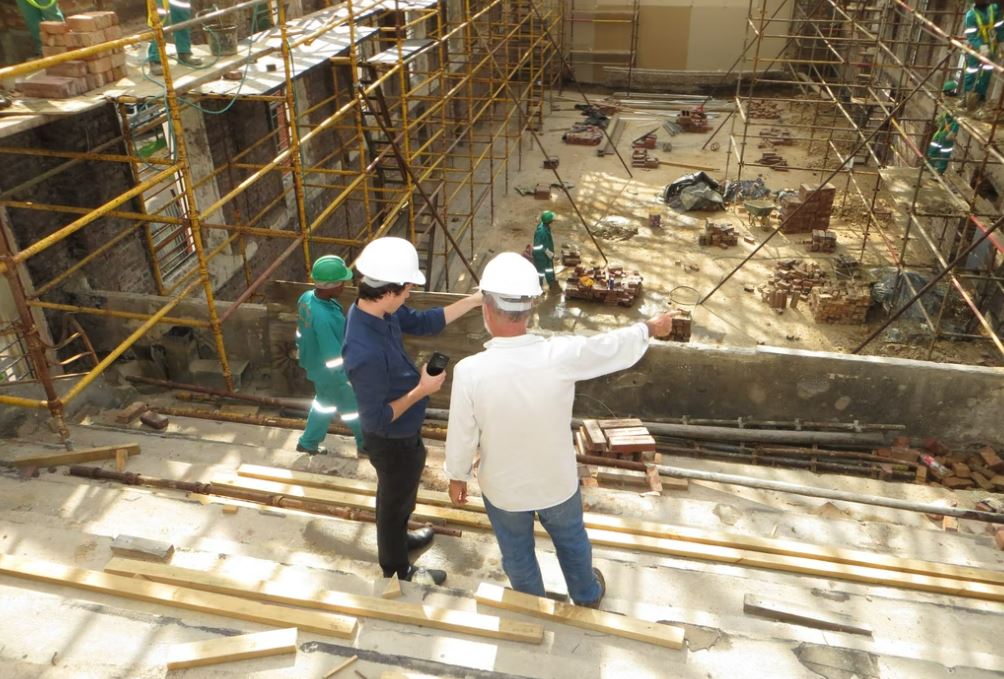Building a new construction project is quite a complex undertaking and it requires taking numerous factors into account to ensure the new building is strong and structurally sound. One factor that many people don’t automatically think of is whether the soil is stable enough to properly support the building. Soil stability is without a doubt one of the most critical aspects of any new construction project, and here are the reasons why.
Issues Caused by Poor Soil Stability
The stability of the soil will directly impact how a new building is designed and constructed. If the builder or engineer neglects to take the soil stability into account, it can lead to huge issues over time. Poor soil stability can cause foundations to crack, which can, in turn, create issues with water damage, mold, and pests. The foundation may also start to settle, and this can affect the structural integrity of the entire building.
If the building isn’t on a stable foundation, the interior walls of the structure can quickly begin to warp or buckle. At the very minimum, this will lead to cracks in the drywall, but it may also cause the building to begin to fall down.
The good news is that these problems are becoming rarer since you will usually need to have a stabilization test performed to ensure that the soil is stable enough to support the proposed structure. In most cases, this will need to be done before you can have the building plans approved and receive a building permit. If the soil is not stable enough, then stabilization will be necessary before the project can proceed.
The Benefits of Soil Stabilization
Soil stabilization is used in areas where the original soil is not sturdy enough to support heavy loads. Stabilization involves improving the sub-base in order to prevent issues with the soil shrinking, swelling, or settling. There are numerous ways that this can potentially be done depending on the condition of the soil and the size and design of the building. This can be done by adding cement to the soil if needed. There are also methods that add lime, bitumen, or other chemicals to the soil to change its composition and make it more solid. The stabilization can also be done manually by compacting the soil.
Soil stability may seem at first to be a fairly minor part of a planned construction project. However, the fact is that if the building does not have a stable base, it can have disastrous consequences for the building’s stability and strength.
